Instructors
Felix Heisel
Val Warke *
Teaching Associates
Jordan Berta
Hallie Black
Madeleine Eggers
Evan McDowell
Alexandre Mecattlaf
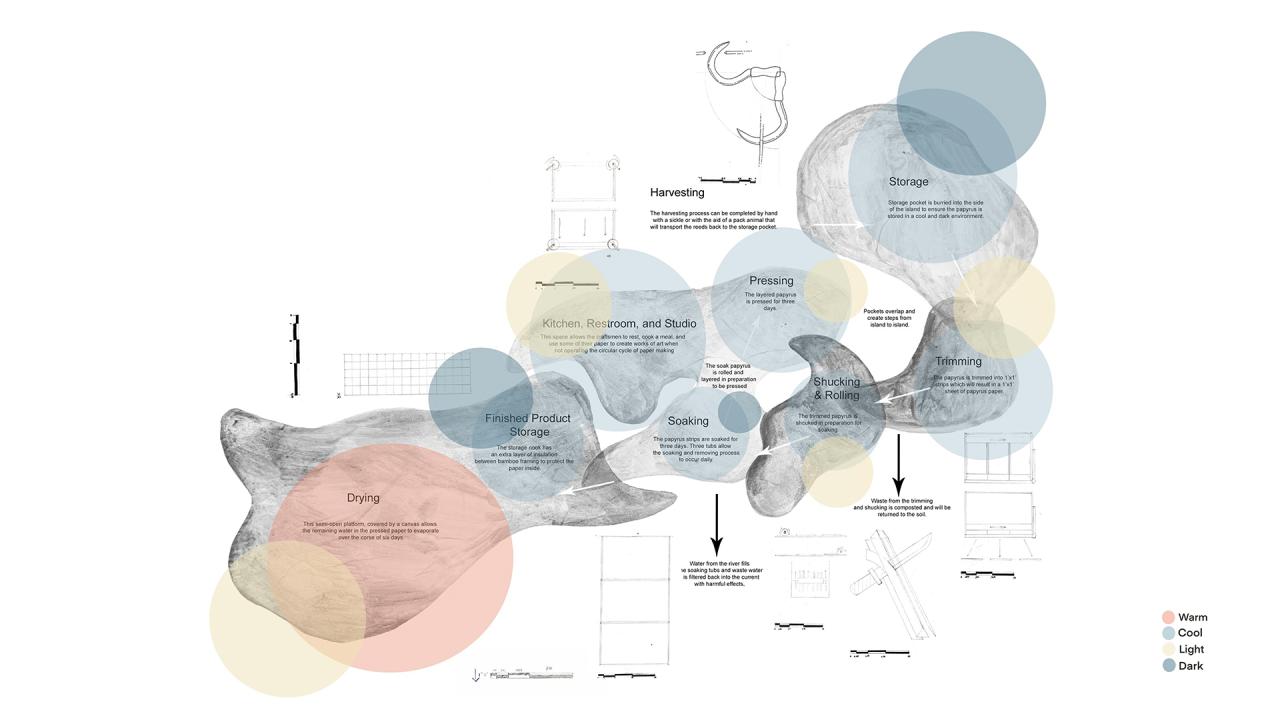
Human influence on the socio-economic and ecologic systems of planet Earth has become so dominant that, in May 2019, the International Commission on Stratigraphy officially voted for the introduction of a new unit on the Geological Time Scale – the epoch of humans, or the Anthropocene [1]. This development is especially relevant to architects and engineers, since buildings account for more than 50% of the consumption of global finite resources, at least 39% of global carbon dioxide emissions, as well as 50% of global solid waste production, over their full life-cycles [2, 3]. All of these factors are dominant causes of climate change. We believe that the construction industry requires a complete paradigm shift in the way we design, build, and manage our built environment: a shift from linear resource consumption to circular material usage. And as architects, we must become a larger part of the solution by being more cognizant of the value chains of buildings.
“Circular construction” [4, 5] addresses both the re-activation of anthropogenic material stocks in today’s already built environment as well as the design of buildings as material depots for future construction. Precise, detailed material information combined with strategies for designing for adaptability and/ or disassembly are all prerequisites for both of these aspects. At the heart of the development of this semester’s syllabus is our conviction that circular design and construction require detailed material knowledge at the earliest stage of the educational process.
The overall theme of the semester as we developed it is Material+ [6], so over the course of the semester, each of the sixty students enrolled in the first year studio was assigned two design parameters, presented in the form of two randomly-selected postcards, depicting (1) a raw material and (2) a reversible joint typology. In combination with a third postcard – the site – this technique generated sixty unique results from the same design brief: a small workshop for a craftsperson.
[1] Anthropocene Working Group. “Results of the Binding Vote by AWG.” Subcommission on Quaternary Stratigraphy, 2019.
[2] Architecture 2030. “The Carbon Issue.” ARCHITECT, January 2020.
[3] Transparency Market Research. “Construction Waste Market - Global Industry Analysis, Size, Share, Growth, Trends, and Forecast 2017 - 2025.” Pre-Book Report. Albany, NY, 2020.
[4] Circular Construction Lab, 2021. http://ccl.aap.cornell.edu.
[5] Heisel, Felix, and Dirk E. Hebel. Urban Mining und kreislaufgerechtes Bauen: Die Stadt als Rohstofflager. Stuttgart: Fraunhofer IRB Verlag, 2021.
[6] Heisel, Felix, and Val Warke. Material+ PLATE B1_20s. Ithaca: Cornell University, 2021. https://aap.cornell.edu/plate-publication.
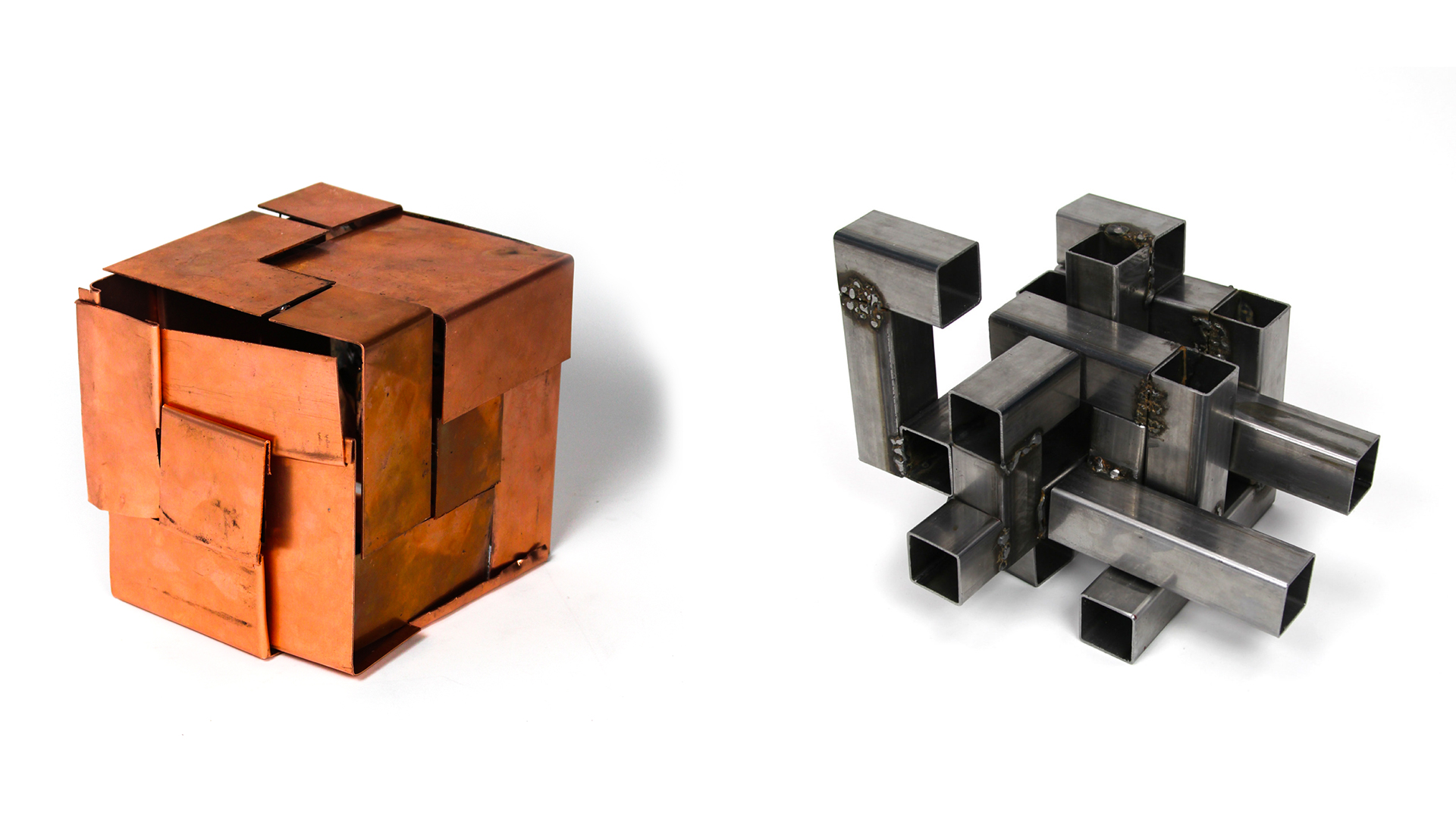
Projects by Eva Standorf and Jonathan Wells
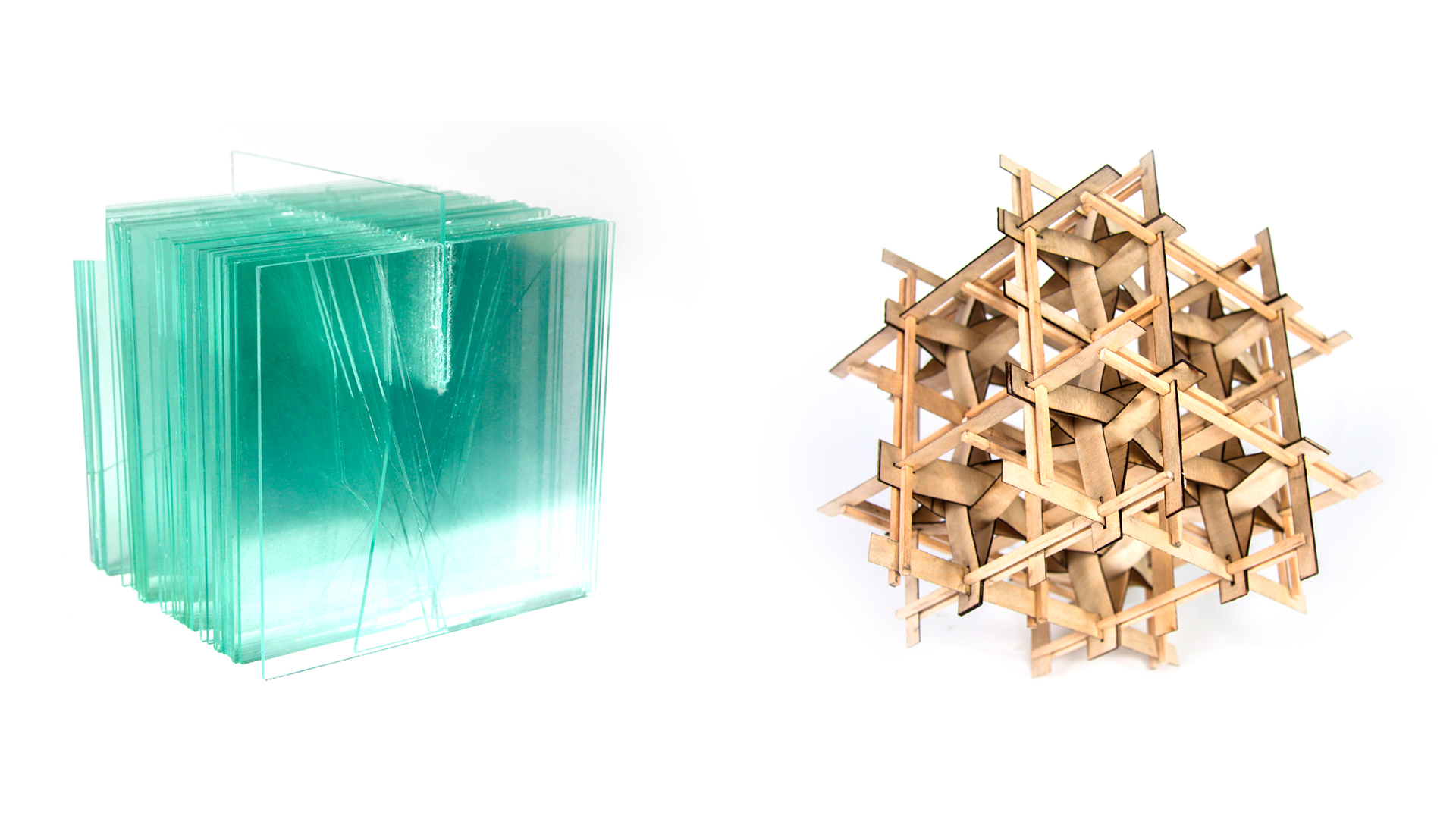
Projects by Desai Wang and Fangfang Zhang
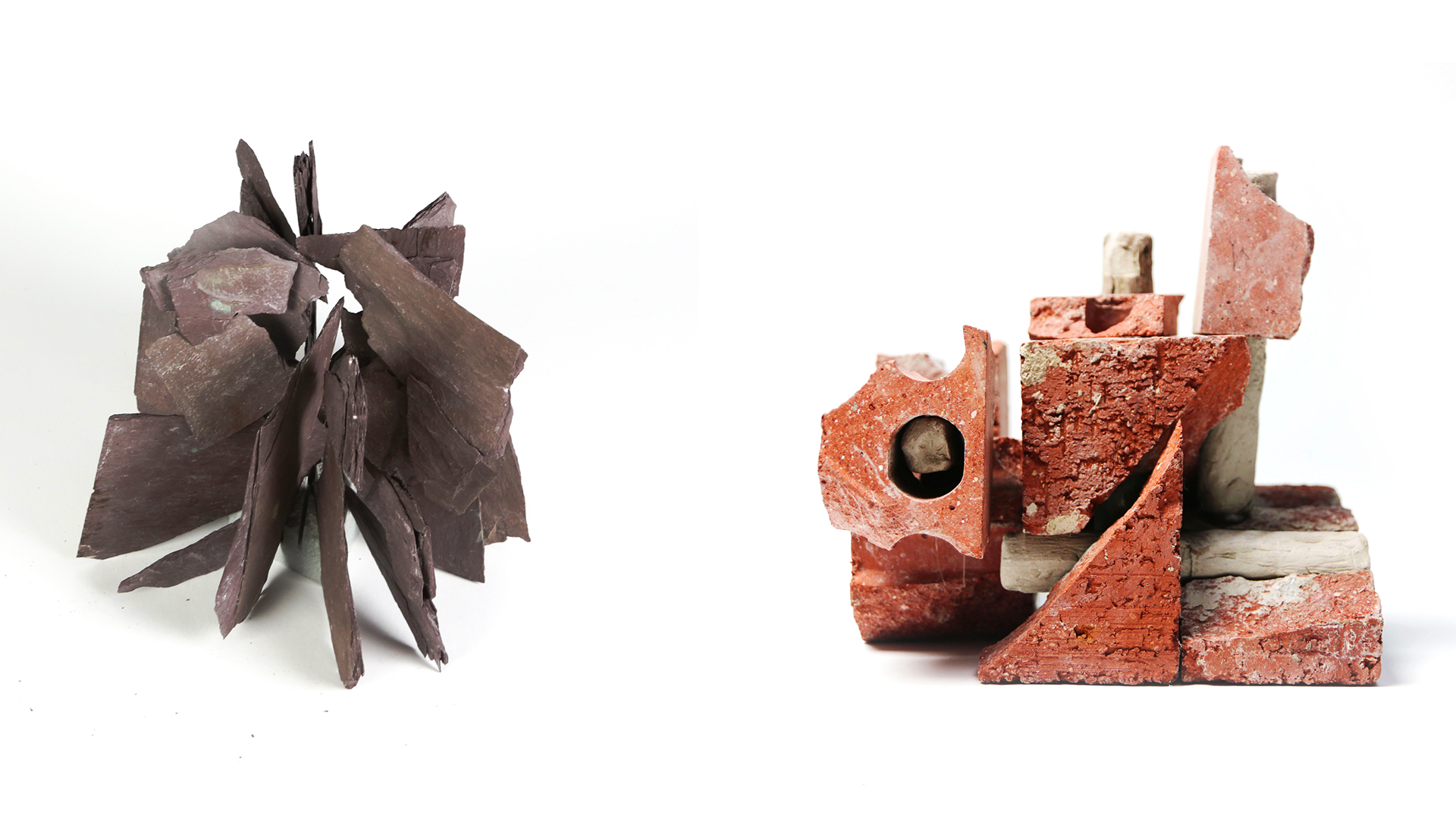
Projects by Yu Da and Tan Holocuglu
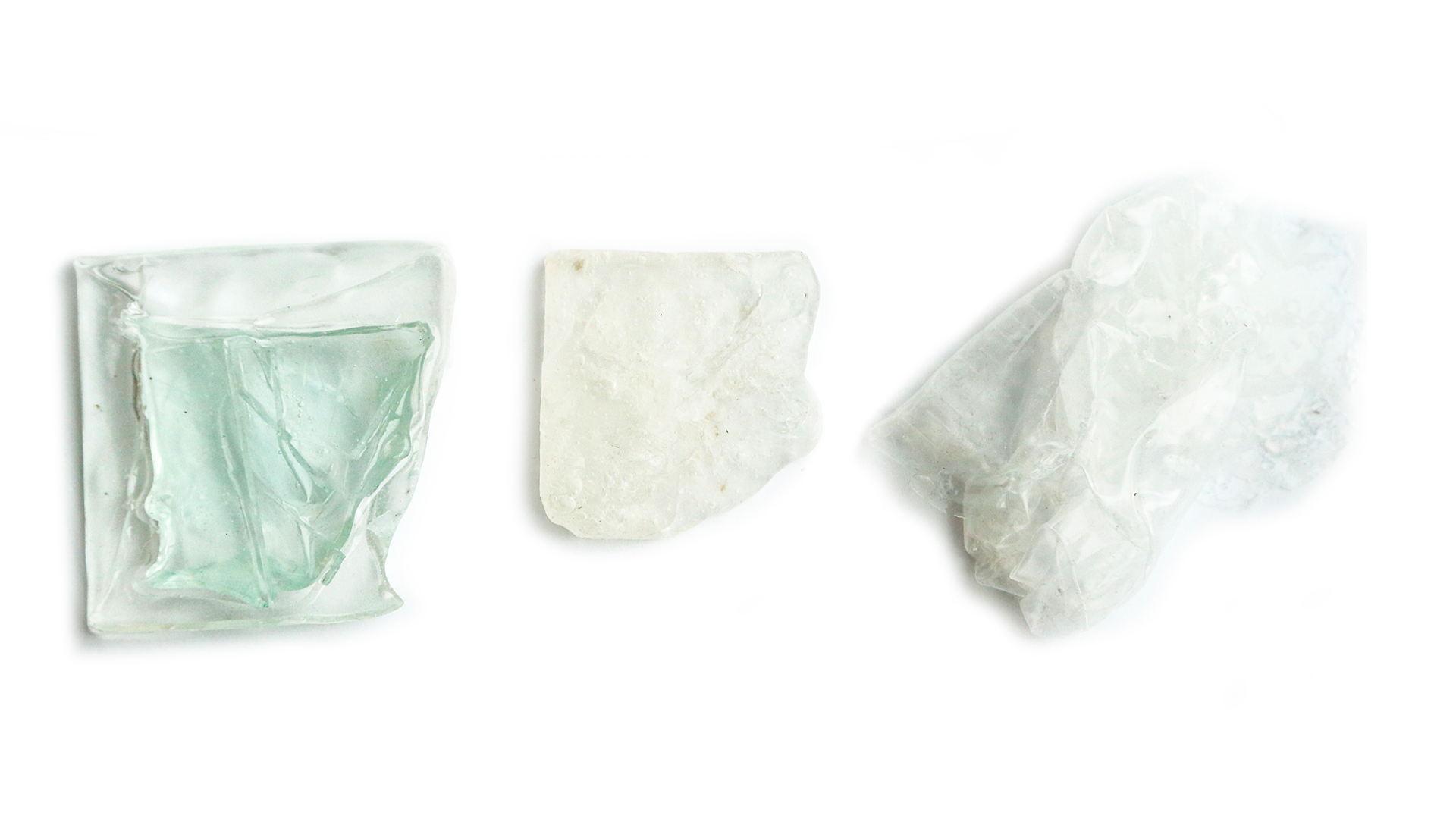
Material Research by Then La
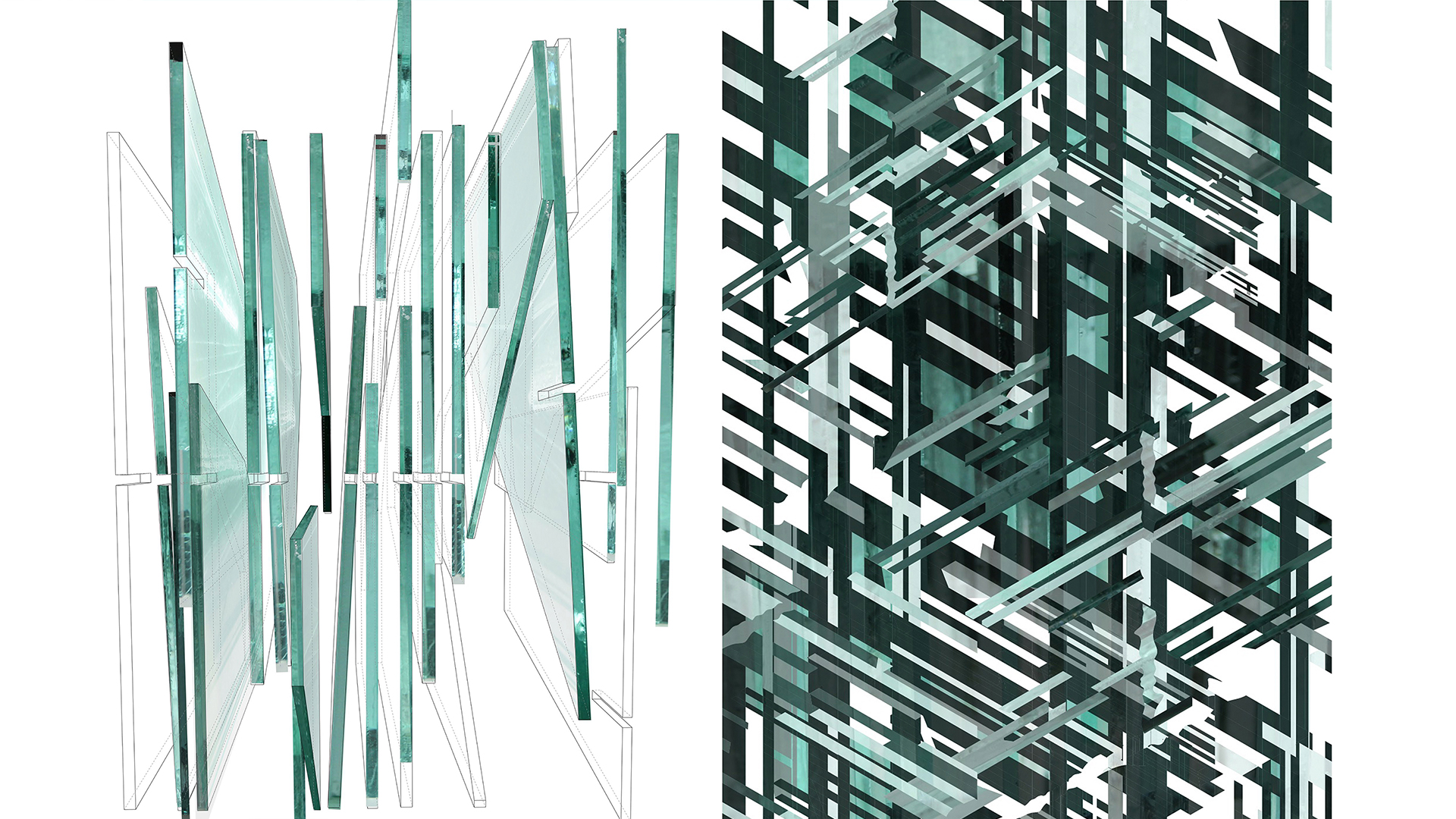
Project by Desai Wang
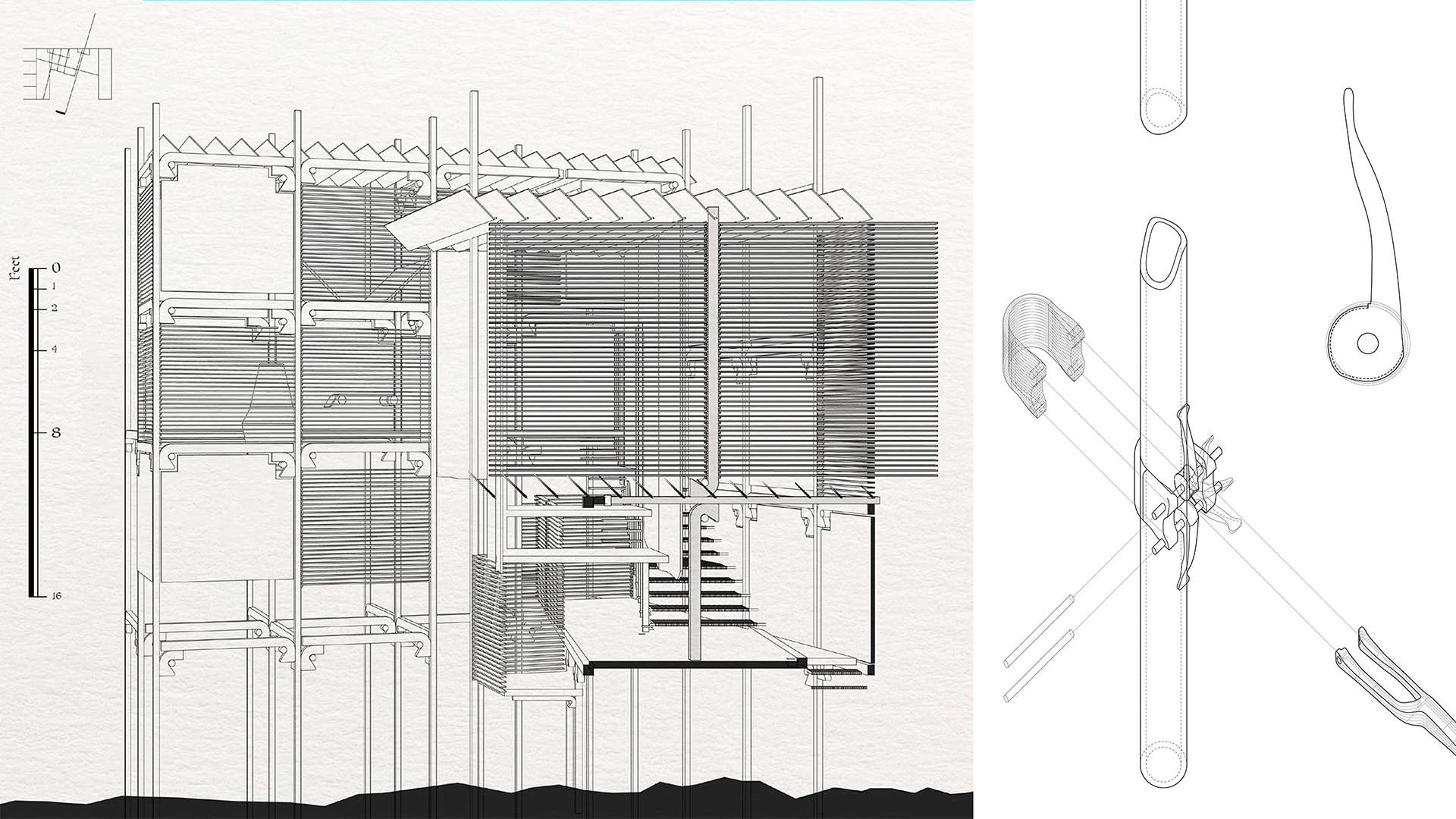
Project by Cook Shaw

Projects by Eva Standorf and Jonathan Wells

Projects by Desai Wang and Fangfang Zhang

Projects by Yu Da and Tan Holocuglu

Material Research by Then La

Project by Desai Wang

Project by Cook Shaw
Instructors
Felix Heisel
Val Warke *
Teaching Associates
Jordan Berta
Hallie Black
Madeleine Eggers
Evan McDowell
Alexandre Mecattlaf